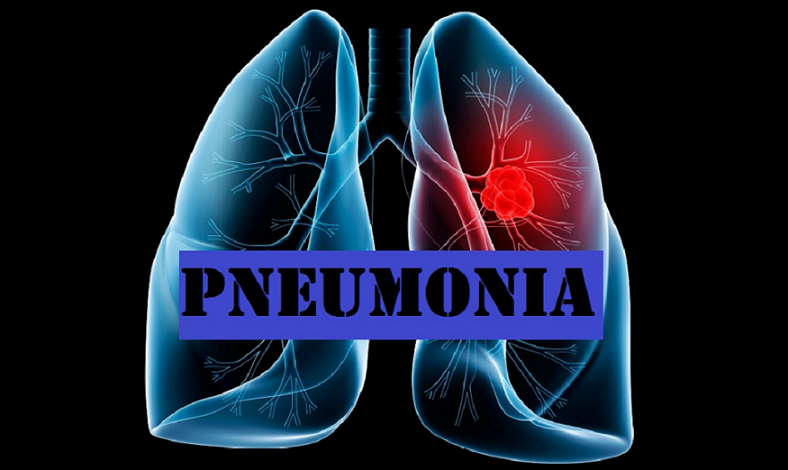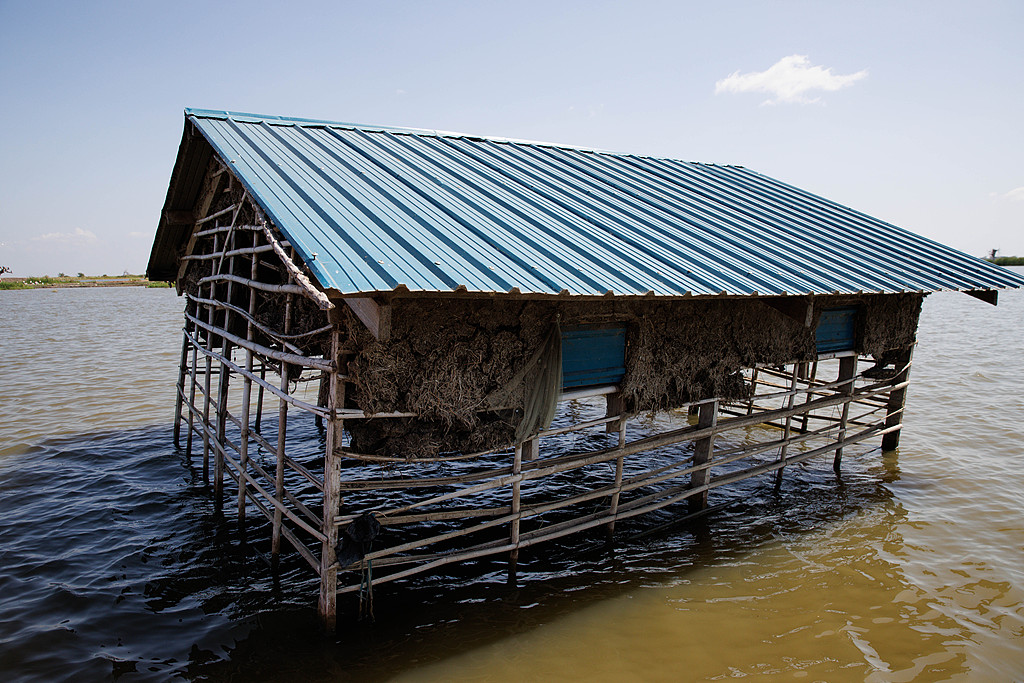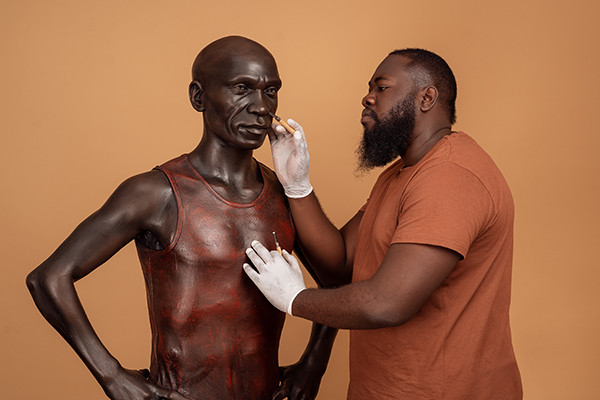
Pneumonia remains a major killer in Kenya
According to the 2016 Kenya Economic Survey, more than 20,000 Kenyans and mostly children, lose their lives to pneumonia every year making the disease a leading killer despite years of intervention.

The survey shows that these are the registered deaths however experts say that the number could be higher as many children in the rural areas die outside health facilities or are misdiagnosed.

Evans Amukoye,a chest specialist and deputy director of research and development at the Kenya Medical Research Institute (KEMRI) says that malnutrition is a major contributor to the burden of pneumonia, as it leaves the childs’ immunity very weak.
“This is not just about missing a meal a day. It refers to a child failing to get sufficient amounts of required nutrients over a long period of time. Most of the children that lost their lives were those that were malnourished. About 26 per cent of children below the age of five suffer from chronic under-nutrition, based on Ministry of Health statistics.”
DR Amukoye adds that based on numerous research findings, vitamin D deficiency predisposes children to pneumonia and also stating that children still die from the disease because Kenya is running short of the antibiotic that can effectively treat complicated pneumonia.
“We’ve been misusing antibiotics for a long time. Anyone feeling sick just buys them off the counter without a prescription. It has made the disease-causing bacteria to become resistant to the drugs. And we’re suffering as a result,” he says.
According to John Wachira, a paediatrician at Getrude’s Children Hospital, viruses aside from bacteria can also cause the infection.
Just as most countries, he states that Kenya relies on the World Health Organisation guidelines of the 1990s that mainly focus on the management of bacterial pneumonia.
“These guidelines need to be revised so they can encompass other emerging causes of pneumonia like viruses. Pneumonia is a top killer in Kenya that has been largely ignored,” he says.
“Pneumonia causes the highest number of deaths in children below five years and yet there has been no direct funding for pneumonia in the country for the last five years. You have money earmarked for other diseases but not this one.”
The lack of continuos supply or availability of the treatment drugs results to parents digiing more cash from their pockets while those that can’t afford go back home with their sick children.
Aside from stockouts, Dr Wachira says that most public health facilities lack adequate infrastructure. In most hospitals, health workers diagnose pneumonia by counting a child’s heart beat per minute. The counting is often done using coded beads or sometimes fingers.
Dr Amukoye states that the subjectivity of the process predisposes the results to human error especially when health workers are under duress or the child is restless.
Philips Africa has, however, developed an Automated Respiratory Monitor that KEMRI is piloting.
Pneumonia misdiagnosis leads to late treatment or none at all, as it has similar symptoms with other infections, difficulty breathing, coughing, and wheezing. This increases a child’s chances of dying from a disease that could be easily treated.
(Courtesy Business Daily Africa)






